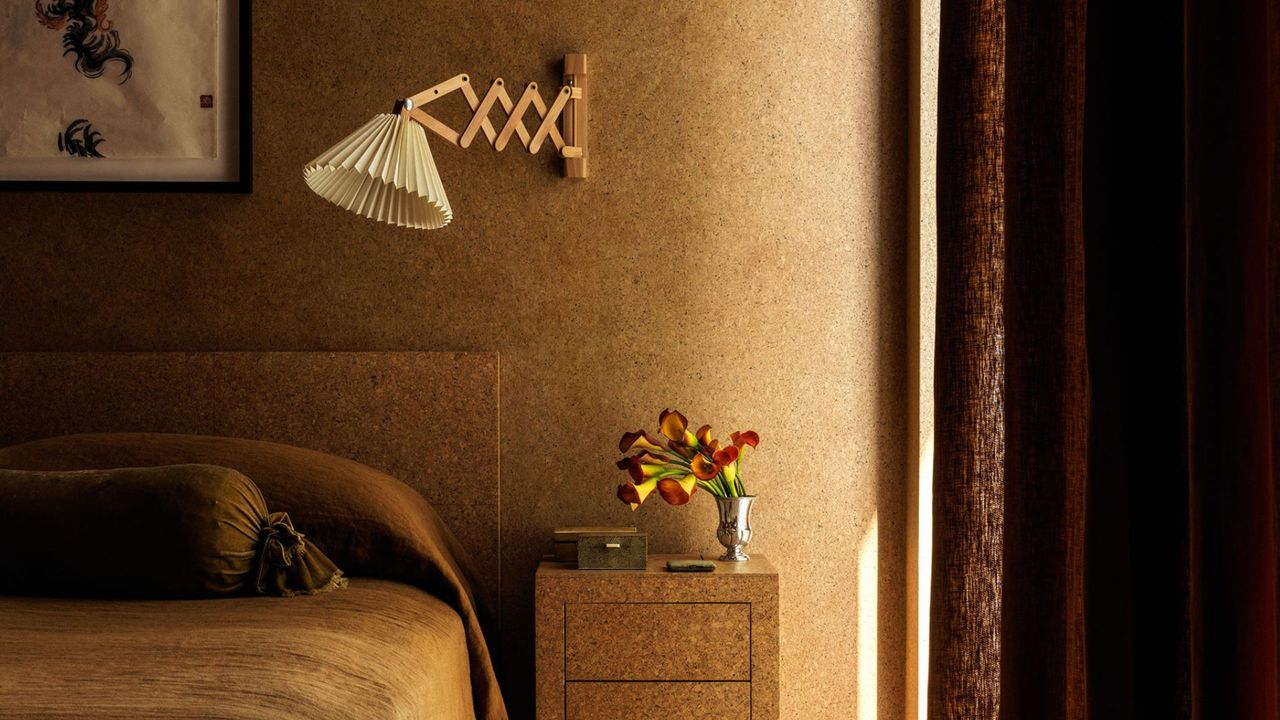
Autumn has just begun, and that means we’re (sadly) moving toward shorter, darker days. But the bright and cheerful spirit of summer light doesn’t have to disappear completely; there are ways to maximize natural light in winter with clever, well-chosen artificial fixtures.
Experts suggest making the most of daylight by using sheer curtains, opening windows, and tying back drapes. As the sun sets earlier, switch to indoor lighting — not just any lighting, but fixtures that add warmth, coziness, and a layered ambiance to your home. It’s also a smart idea to choose options that mimic the sun’s natural glow with the right color temperatures. In fact, there’s a lot to know about how to plan your home lighting scheme.
Take a look at these important tips from experts that will help open your home to the outdoors and keep you from feeling closed in. Read on.
1. Select the Right Artificial Lighting
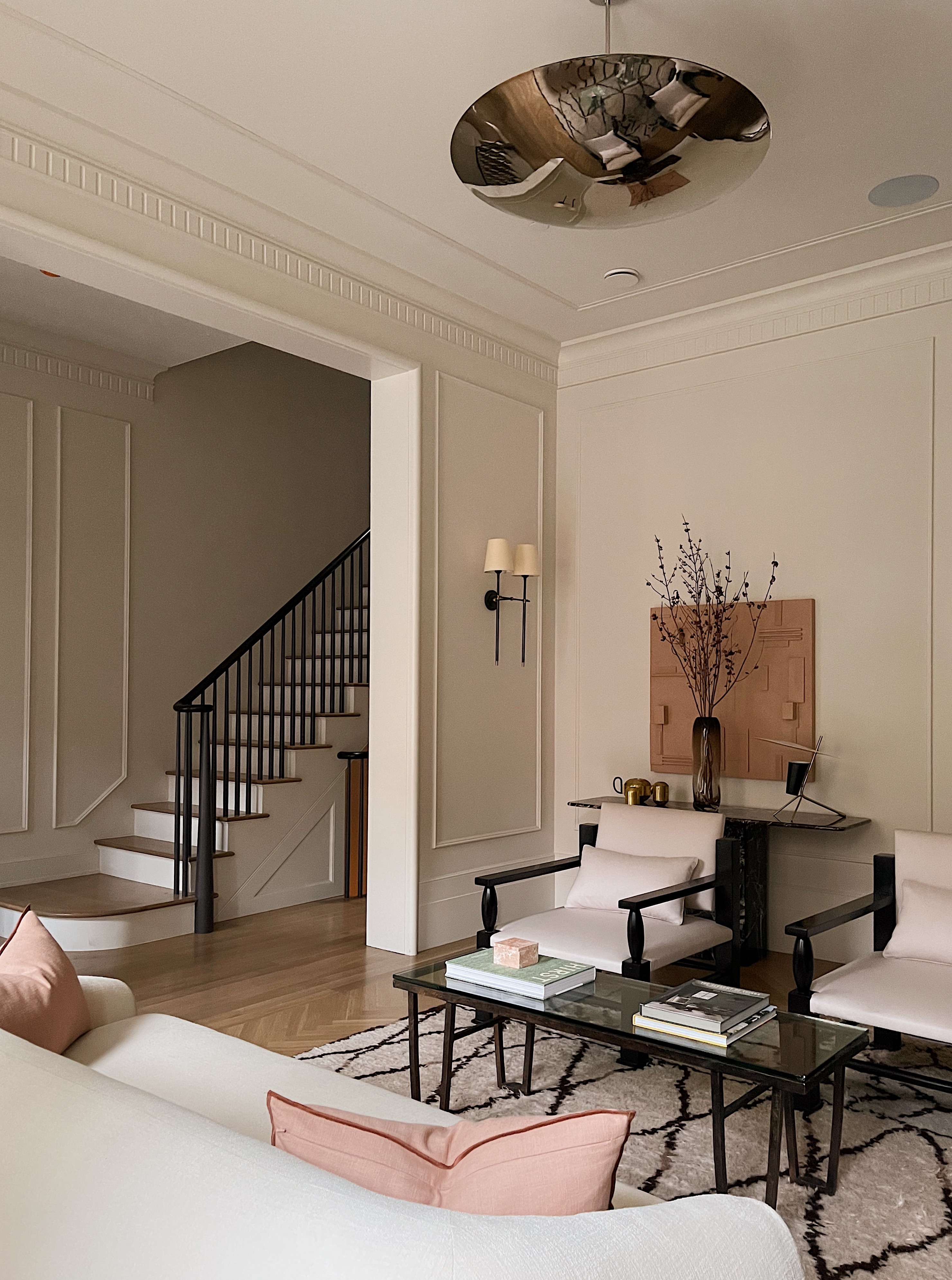

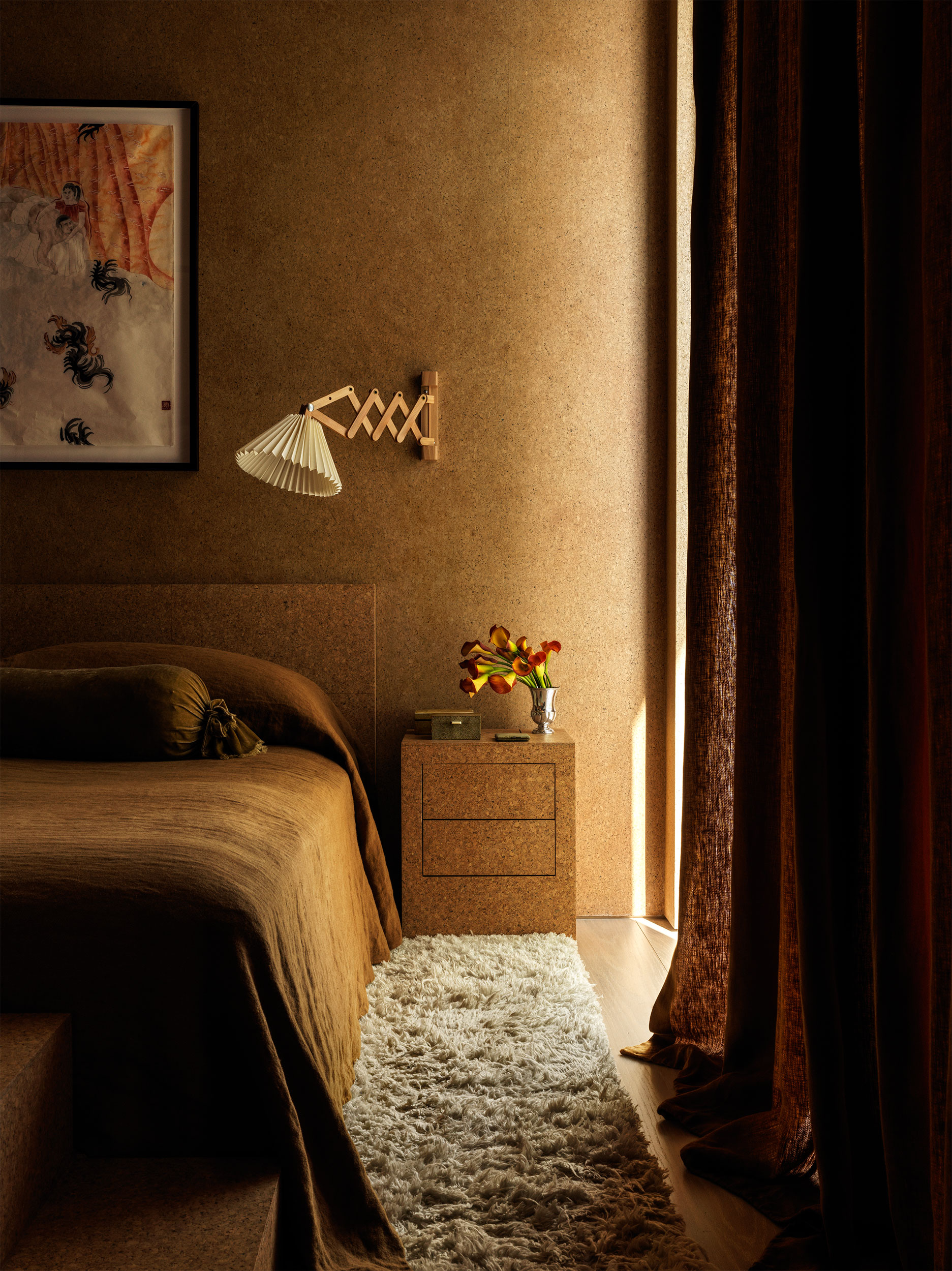
While there are several great lighting trends to choose from, if your goal is to maximize light, experts suggest going for specific fixtures that do the job well. “Lamps and floor lamps can enhance daylight during the day by filling in darker corners, balancing natural light, and reducing shadows,” says Marianna Fiorin of Marianna Fiorin Interiors. “Using bulbs with a daylight tone helps maintain a natural, bright atmosphere, especially in rooms with limited windows or uneven sunlight. Placed strategically, they complement daylight, making spaces feel more open and evenly lit.”
“You can also use recessed lights to mimic natural warmth by selecting warm white bulbs so colors appear true,” adds Marianna. “The use of dimmers lets you adjust intensity to match the softness of sunlight at different times of day, while spacing them evenly creates a gentle glow.”
A bedroom, dining, or living room ceiling light can be an effective way to transition from daylight to artificial light, with illumination gently flowing from above and through the room.
“Overhead lights act as a great tool to provide evenly distributed light throughout a room and home vs. decorative lighting that typically acts as that secondary layer of accent lighting,” suggests architect and designer Sarah Luhtala.
Speaking of overhead lighting, experts have recently been quite taken by the concept of artificial lightwells — these are overhead lightboxes inserted with LED lighting that create the feeling of a skylight and keep the interior well-lit through the day.
2. Choose the Right Color Temperature
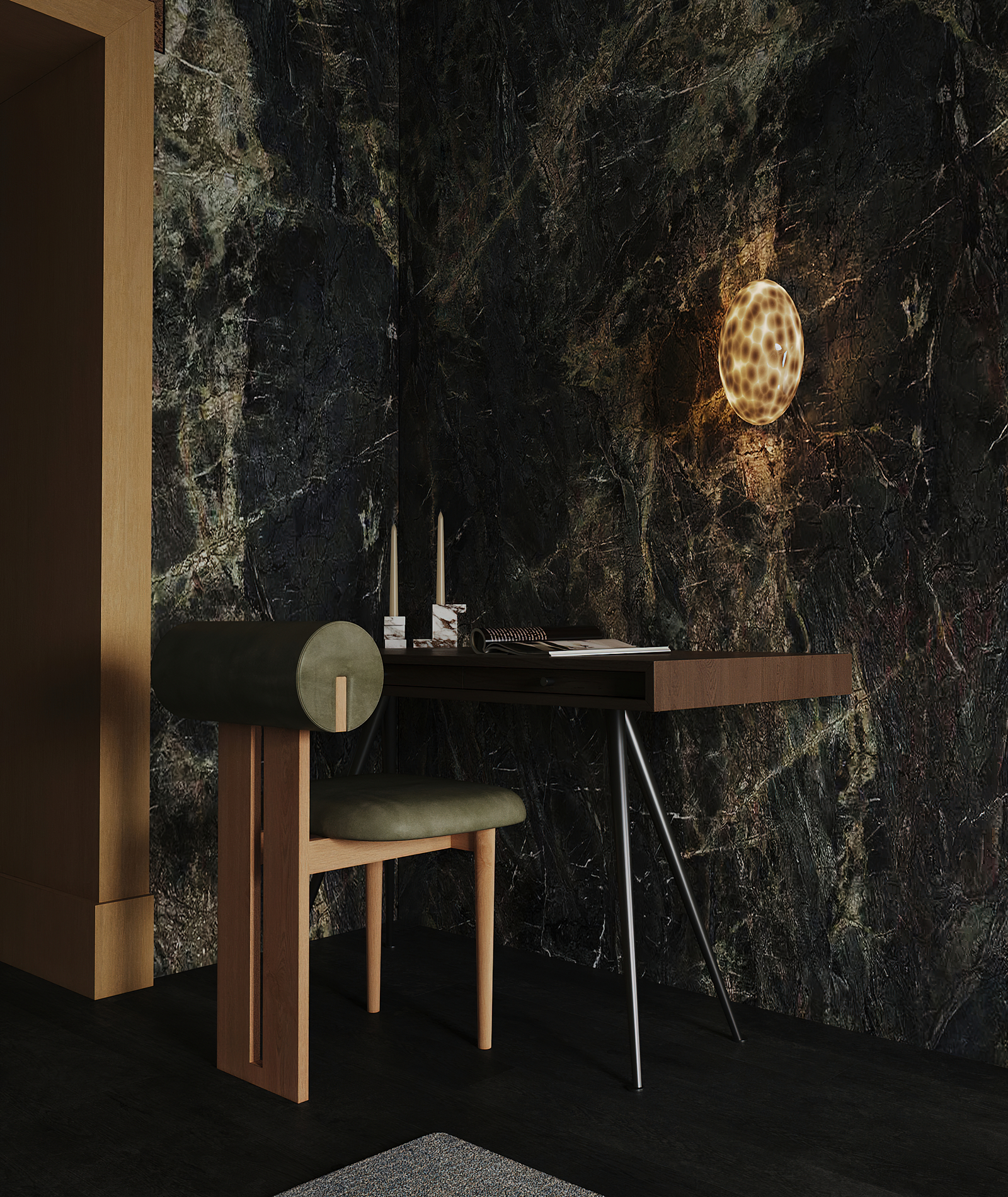
The next important aspect — one that homeowners rarely consider — is the light temperature of the fixtures they choose, particularly the decision between cool versus warm light. “2700K light is the best,” suggests interior designer Clive Lonstein. “The key is to not overly illuminate a space. I aim to use as little artificial light as possible, keeping it minimal to what is necessary for functionality. When lighting is done well, your task lighting is good, but you are not over-lighting the space.”
“Anything cooler than 2700K can feel stark and unnatural,” adds Kate Wiltshire, founder of Kate Wiltshire Design.
Beyond that you can also explore daylight-mimicking LED downlights that replicate the qualities of sunlight, especially useful in more functional spaces. These typically range from 5000K to 6000K, providing bright, balanced illumination. For smaller areas, like a bedside or home library, consider adding a sun lamp (also known as a SAD lamp or light therapy box), which can help mimic the energizing effect of natural daylight.
"You can use the dim to warm bulbs too, which are great because they naturally turn warmer as you dim them for that candlelight glow,” says Sarah.
3. Position Fixtures in the Right Place
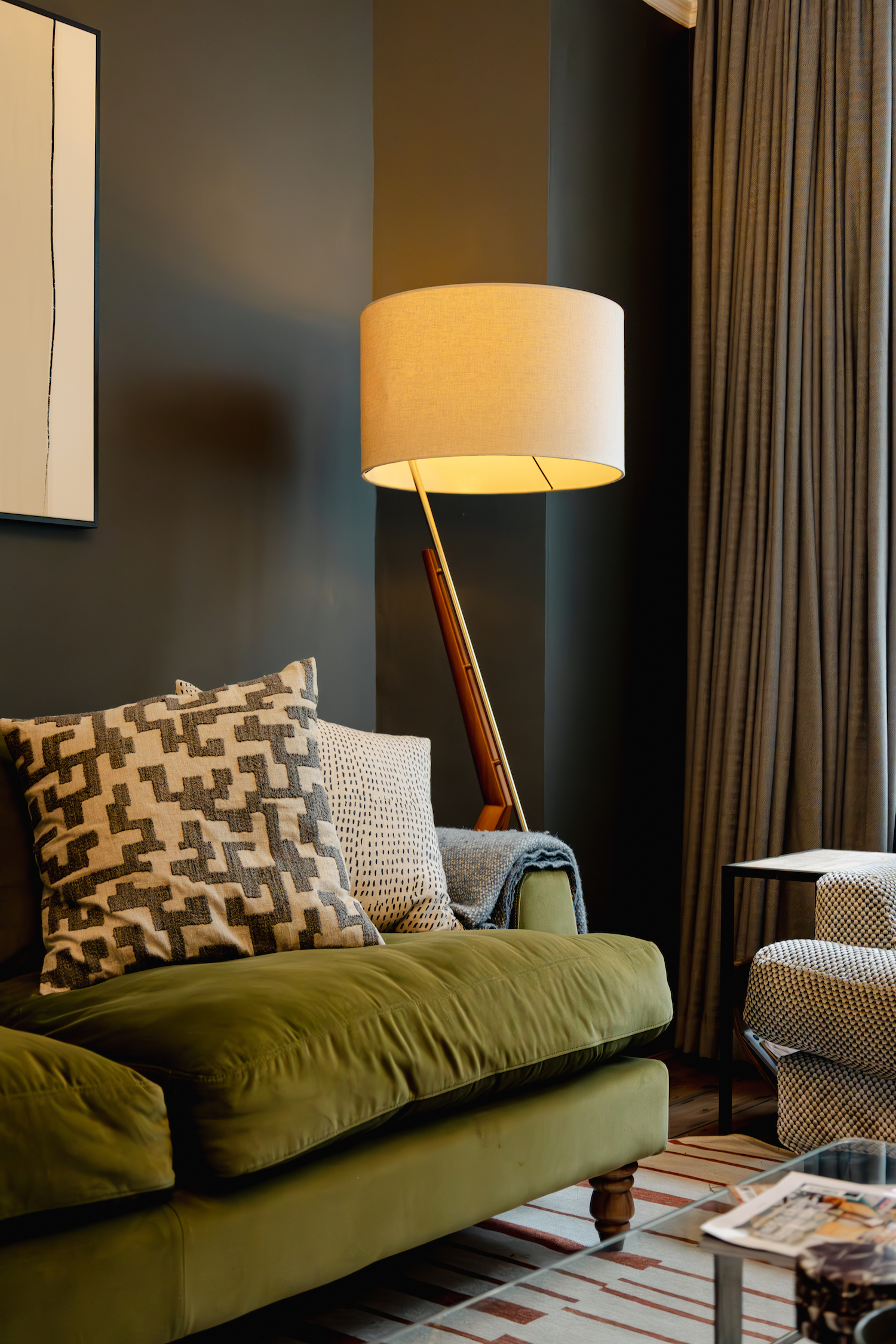
Once you have the right fixtures and color temperatures in place, experts suggest giving careful thought to where you position your lights to ensure interiors always feel warm, illuminated, and welcoming.
“Positioning lighting in the darkest, shadowy corners helps balance the light in a room,” says Kate. “You can also direct lamps away from the windows so they cast light in the same direction as daylight, rather than competing against it.”
In a way to make the dark living room feel brighter, Kate chose accent lighting. “We were going for a really moody and sophisticated look, so floor lamps tucked into the corners helped illuminate them while also providing a cozy glow by the seating areas,” she adds.
Beyond positioning, you can also include multiple light sources to significantly enhance both the quality and quantity of light. This ensures that as daylight fades, your indoor environment remains dynamic and well-lit.
4. Balance Artificial Lighting in the Daytime vs Night
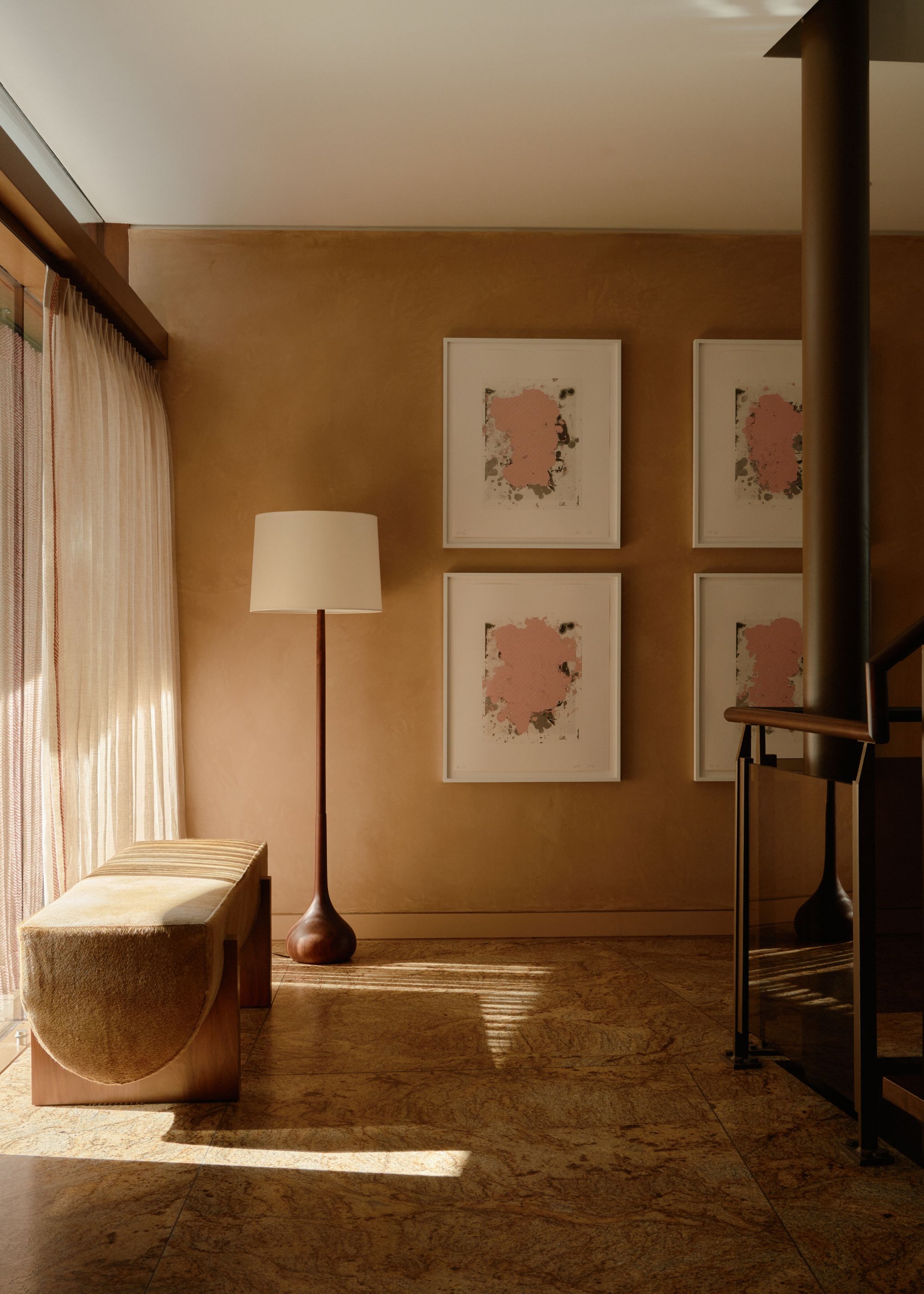
Clive emphasizes that warmth is key. “The goal is to emulate the color temperature pattern of real daylight, which during the day is actually quite cool. When the day comes to an end, it transforms into a beautiful, warm glow,” he adds.
“Something I’ve learned over the years is to use more light during the day so that the transition from inside to outside is more subdued. That way, you’re not going from a bright exterior into a darker interior, but rather from a light space into a lit space,” says Sarah.
She suggests that one of the best ways to brighten a dark room and seamlessly transition between natural and artificial light is by relying more on architectural lighting. “For evening and night, I rely on dimming for most of the architectural lighting and then ramp up accent lighting. You never want dark spots, so you need a combination of both, along with a great dimming system, and, of course, a good lighting layout.”
5. Enhance Artificial Lighting With Reflective Surfaces

And finally, one of the best ways to ensure your home feels well-lit and cozy is by reflecting artificial light off mirrored walls or other reflective surfaces. This creates a warm, soft glow instead of relying on too many fixtures, which can make interiors feel clinical and harsh.
It also allows you to “borrow” light from adjoining rooms if the current space doesn’t have room for a standing lamp or overhead fixture. The reflection of light from a strategically placed mirror can often be enough to brighten the entire room.
Best Artificial Lights That Mimic Daylight
The UV-Free Egg-Shape Light Therapy Lamp delivers up to 10,000 lux, simulating natural sunlight to boost energy, focus, and mood while easing fatigue, circadian disruptions, and seasonal blues.
Elevate your space with this contemporary LED floor lamp, offering adjustable color temperatures for reading, working, or relaxing. Its sleek design blends warmth & elegance.
Featuring three glass shades and a sleek satin finish, this dimmable fixture offers elegant illumination in versatile colorways. Pair with matching items to elevate and personalize any room.
Maximizing natural light with artificial fixtures involves layering warm tones, strategic placement, and reflective surfaces, ensuring every room feels open, balanced, and inviting.







